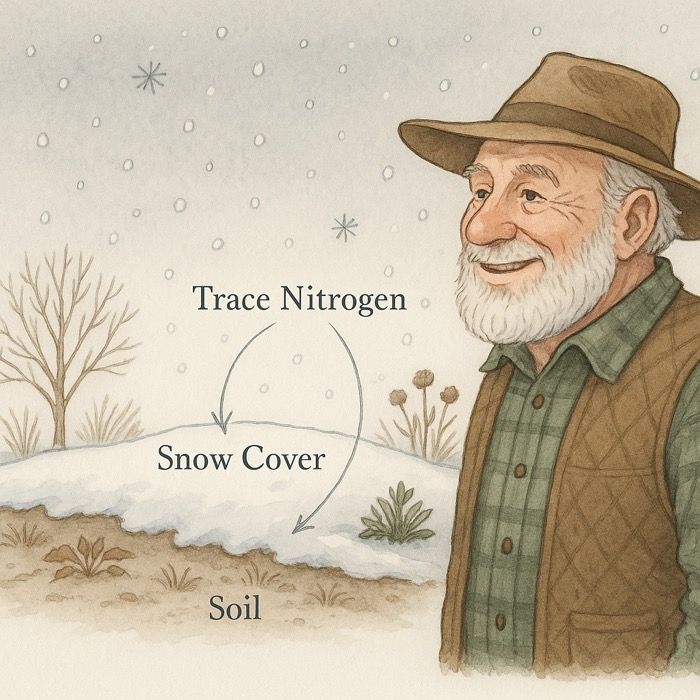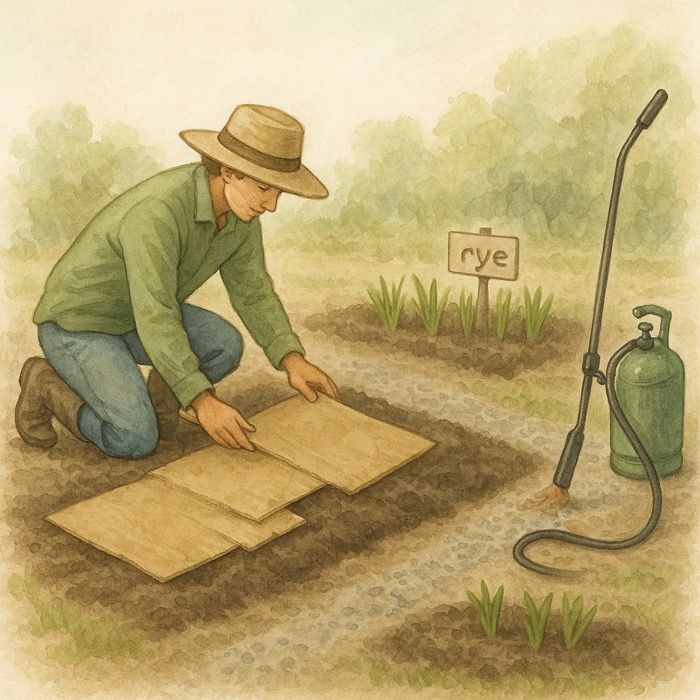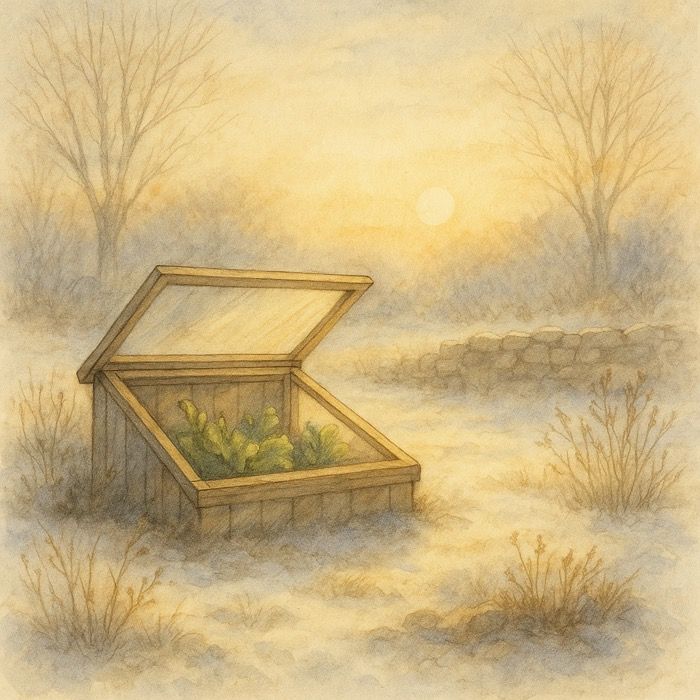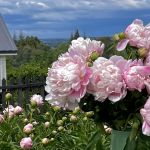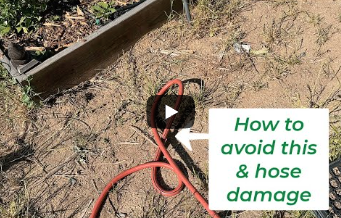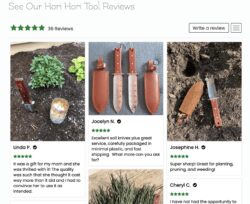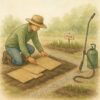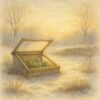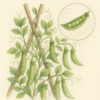Just What is the Cottage Garden?
Defining Cottage Garden Style
When we built our new enclosed garden, I started doing some research on the Cottage Garden Design style, and what that really meant. There’s the traditional English Cottage Garden, the Americanized Cottage Garden, the hybrid cottage garden. What are the true fundamentals of the cottage garden design style? Here is a quick definition, the best I found:
The cottage garden is a distinct style that uses informal design, traditional materials, dense plantings, and a mixture of ornamental and edible plants. The earliest cottage gardens were more practical than today’s, with emphasis on vegetables and herbs, fruit trees, perhaps a beehive, and even livestock. (Wikipedia)
The original cottage gardens were built by British laborers who had little time for maintenance, but needed a space to help feed the family, grow herbs for medicine, and flowers to bring birds and helping insects nearby.
As time went on, the British nobility began to idealize the cottage life, and the concept of the cottage garden was expanded, and the beauty of flowers became a focus in cottage garden design.
So, in researching, here are some key elements and design principles for making a cottage garden.
- Pinks, Purples and Whites – for most cottage gardens, its all about the color palette, and creating a sense of romance and whimsy.
- Scents are Key – tied to the visual romance, is one of glorious scents: lavenders, peonies, roses and the like.
- Creating enclosed spaces – the typical cottage garden is enclosed by a picket fence, with climbers weaving through the pickets.
- Creating other spaces – within the garden, there should be small themes here and there, concentrations of colors, heights and shapes.
- Use informal crowding – the typical cottage garden is tight and compact, almost overflowing with flowers and foliage.
- A mix of pathways – the garden should almost feel as you can wander through its curving pathways for hours. Informal edges should allow creeping plants to encroach on the stroll.
- Mixing colors – sticking with a single palette is taboo, and there should be a sense of disorganized chaos in both color and texture of plant.
- Intriguing elements – a mix of statues, design, birdhouses, fountains, benches, etc. should be placed throughout.
- There are no rules – the best part is just go for it, and put your ideas into your design. If you don’t like it, change it 🙂
More to come, as this is one of our favorite topics.
More From Our Master Gardener
Recent Posts

❄️ Snow as Fertilizer – The Truth About “Poor Man’s Nitrogen”

5 Unexpected Winter Weed Control Strategies (That Don’t Involve Mulch)

Harnessing Winter Sun – Passive Solar Tricks for Your Garden

How to Grow Spinach – The Ultimate Beginner’s Guide for Tender, Nutritious Leaves

How to Grow Peas: The Ultimate Beginner’s Guide for Sweet, Crisp Harvests


